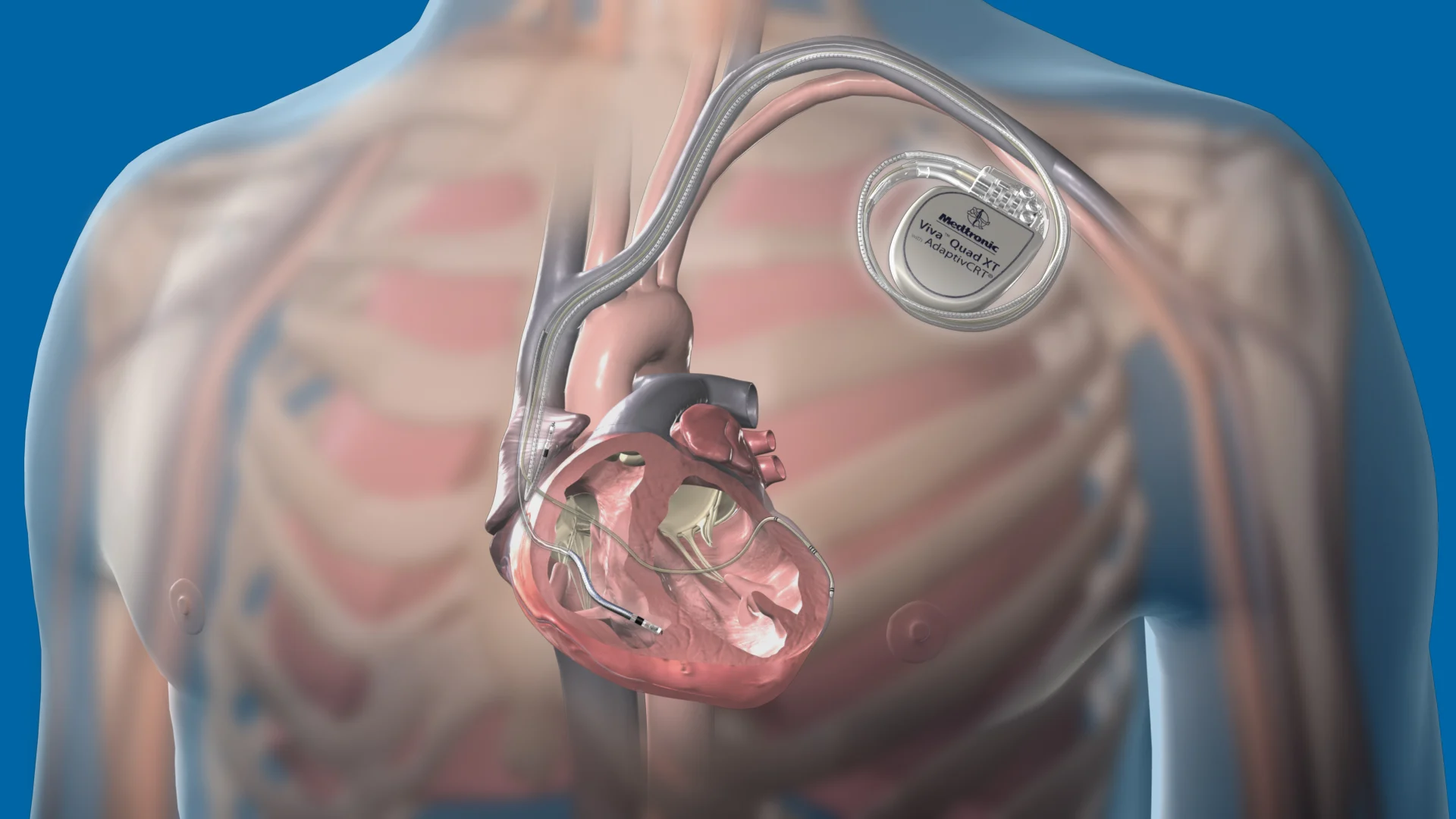Book Online
You Can Request Appointment(Pending Confirmation) in 24 Hours

An implantable cardioverter-defibrillator (ICD) is a small battery-powered device placed in your chest to monitor your heart rhythm and detect irregular heartbeats. An ICD can deliver electric shocks via one or more wires connected to your heart to fix an abnormal heart rhythm.
You might need an ICD if you have a dangerously fast heartbeat (ventricular tachycardia) or a chaotic heartbeat that keeps your heart from supplying enough blood to the rest of your body (ventricular fibrillation). Ventricles are the lower chambers of your heart.
ICDs detect and stop abnormal heartbeats (arrhythmias). The device continuously monitors your heartbeat and delivers electrical pulses to restore a normal heart rhythm when necessary. An ICD differs from a pacemaker — another implantable device used to help control abnormal heart rhythms.
You’ve likely seen TV shows in which hospital workers “shock” an unconscious person out of cardiac arrest with electrified paddles. An ICD does the same thing only internally and automatically when it detects an abnormal heart rhythm.
An ICD is surgically placed under your skin, usually below your left collarbone. One or more flexible, insulated wires (leads) run from the ICD through your veins to your heart.
Because the ICD constantly monitors for abnormal heart rhythms and instantly tries to correct them, it helps when your heart stops beating (cardiac arrest), even when you are far from the nearest hospital.
When you have a rapid heartbeat, the wires from your heart to the device transmit signals to the ICD, which sends electrical pulses to regulate your heartbeat. Depending on the problem with your heartbeat, your ICD could be programmed for: